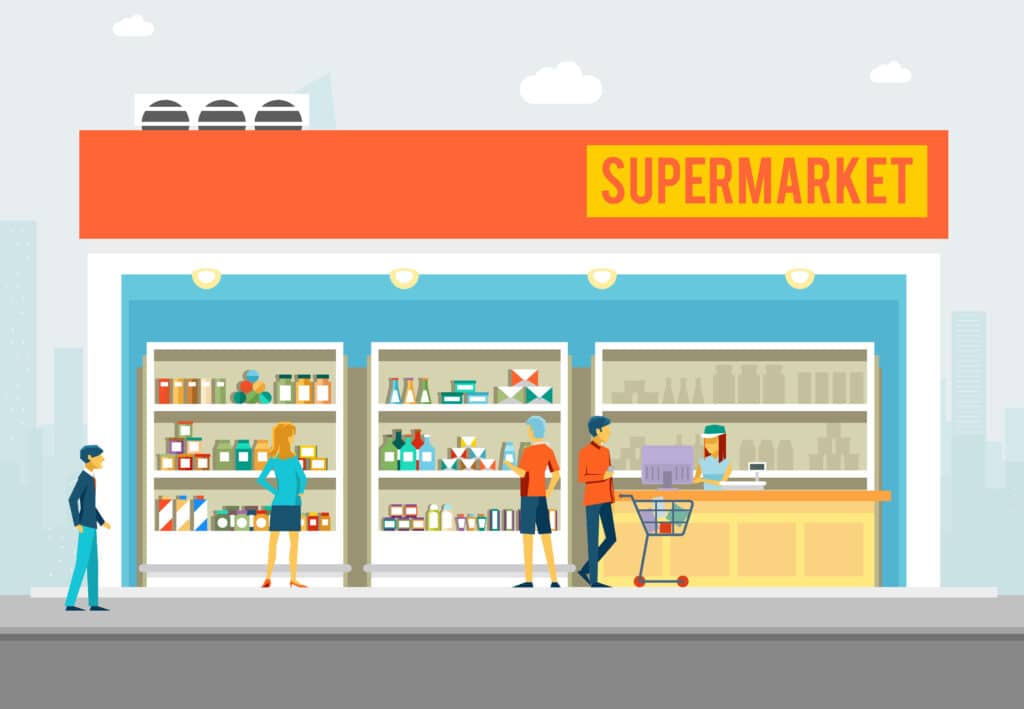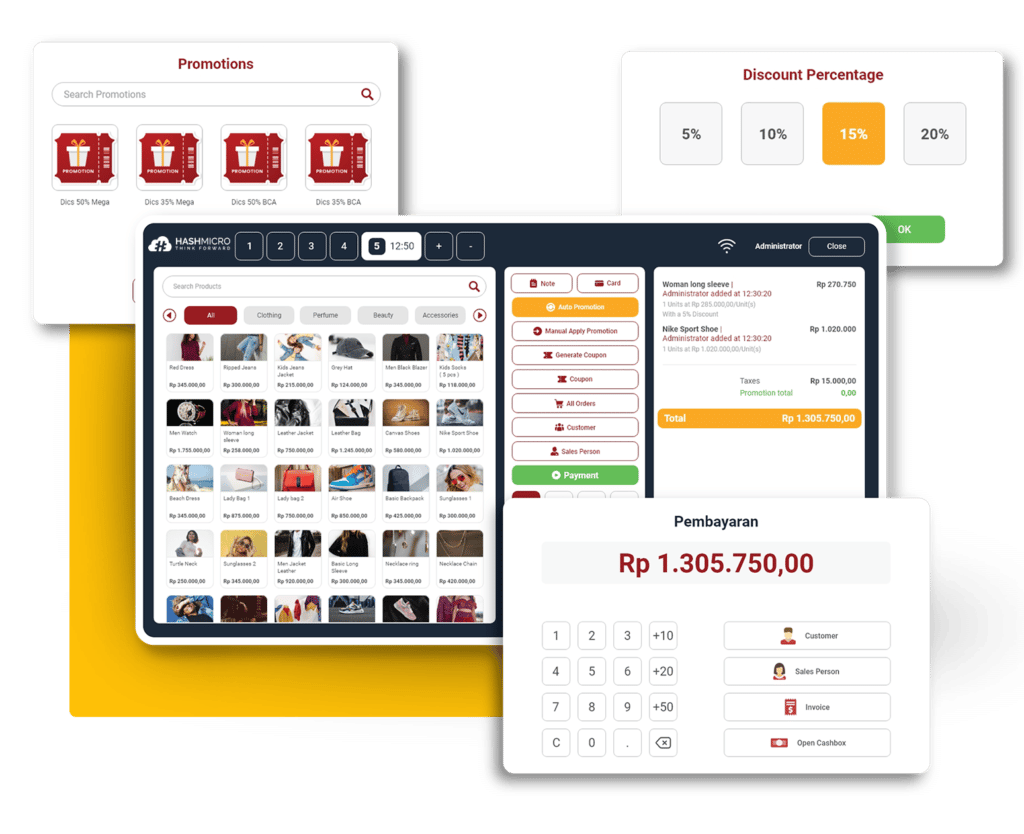The supermarket supply chain is the set of activities that takes place from the time retailers make an order to the time a product appears in a customer’s shopping bag. Each link of this supply chain management or delivery process involves someone who is making a decision or taking an action.
Each of those decisions or actions may affect the other links in the supply chain, often in unexpected ways. Therefore, the implementation of a cloud-based SCM Software is required.
Supermarket margins are traditionally low and any potential to save money is highly regarded, whether through reducing supply chain management costs or the tangible savings that can be passed onto customers. This article discusses some key insights into the supermarket supply chain and how integrated SCM Software can improve it.
Key Takeaways
|
Table of Content:
Table of Content
How Supermarket Supply Chain Works

Supply chain management is the process of managing all aspects of the supply chain to meet customer and organizational goals. The purpose of SCM is to be able to respond quickly and efficiently to changes in demand.
Supply chains are complex networks of suppliers, manufacturers, warehouses, distributors, and retailers that deliver products or services from their respective points of origin (raw materials) to the end-user (customers). Supply chain management is often used interchangeably with logistics management, but there are some differences between them.
Logistics management involves planning and executing the movement of materials from point of origin to point of consumption; that is, moving stuff from A to B. Supply chain management goes beyond transportation planning by including inventory control as well as forecasting future business needs.
Supply chain managers must take into account many factors when making decisions about their supermarket supply chain management system. To decide which products to stock on the shelves, they must be aware of these three:
-
- What types of products are popular with consumers
- Which suppliers offer the best prices and quality
- How much shelf space is available in each store
In addition to these factors, supply chain managers must also consider the costs associated with each product; as well as its effects on other aspects of the business such as staffing needs and customer satisfaction. Therefore, if a new product does not sell well, it may be necessary to remove it from store shelves.
Also read: 4 Supply Chain Problems in the Company and Its Solutions
How to Improve Supermarket Supply Chain
With the grocery business becoming more competitive by the day, supermarkets need to be sure that they can effectively meet customer needs. To make sure you’re using the best innovations of the market in your store’s supply chain, there are several steps you can take to ensure this optimization.
1. Implement reliable software to track inventory levels
To ensure that your store never runs out of products, you need a reliable way to track inventory levels. One of the ways is by implementing a cloud-based SCM software that will help you track product inventory levels and avoid out-of-stock situations.
Providing information on past sales trends, competitive price changes, and more, will also enable you to plan better. This will help you decide what and when it is the best time to reorder products.
2. Use the tagging solution to monitor product movements
Supermarket supply chains are complex and dynamic, with many moving parts. To ensure product safety and quality, retailers should deploy a source tagging solution to monitor product movements through the supply chain.
The technology enables retailers to track products from supplier to store shelf, ensuring that all products are accounted for at all times. This improves product visibility and enables retailers to react quickly when there is a loss in inventory, or if they have an overstock situation.
Also read: Win your Market with HashMicro’s Supply Chain Management System!
3. Participate in a B2B e-procurement network
The supermarket supply chain involves many different parties, from suppliers to manufacturers and distributors. B2B e-procurement networks are one way to simplify this process.
They are systems in which businesses can use their purchasing power to negotiate better deals with suppliers and get access to lower prices on goods. The network provides a platform where members can connect and share information about what they need and what they have available for sale.
4. Have your marketing and supply chain teams collaborate
Marketing and supply chain teams must work together to make sure the supermarket is well-stocked with the right products. If a retail company doesn’t have a clear idea of what its customers want and when they’ll buy it, its entire business strategy could fail miserably.
Marketing knows what kind of products customers want, but the supply chain determines what is available. Marketing teams usually work with suppliers to determine which products will be most popular among consumers at certain times of the year; or during certain events such as the Christmas shopping season or back-to-school time for college students.
Supply chain managers must then make sure those products are available when consumers are looking for them.
Conclusion
Improving supply chain operations is the only way for retailers to survive in an exceptionally crowded and competitive environment. Technology is playing an increasingly important role in the success of retail supermarkets.
The chains that understand this and have software implementation experts at their disposal will be able to keep up with the changing market situation. HashMicro’s SCM Software is a comprehensive solution for the supply chain. It is a platform that allows supermarkets to manage their various operations in one location.
It provides an all-in-one platform for managing logistics, communicating with suppliers, and keeping you informed about inventory levels in real-time. Fill out the available form now by clicking here and boost your supply chain management to the highest level of efficiency.




































